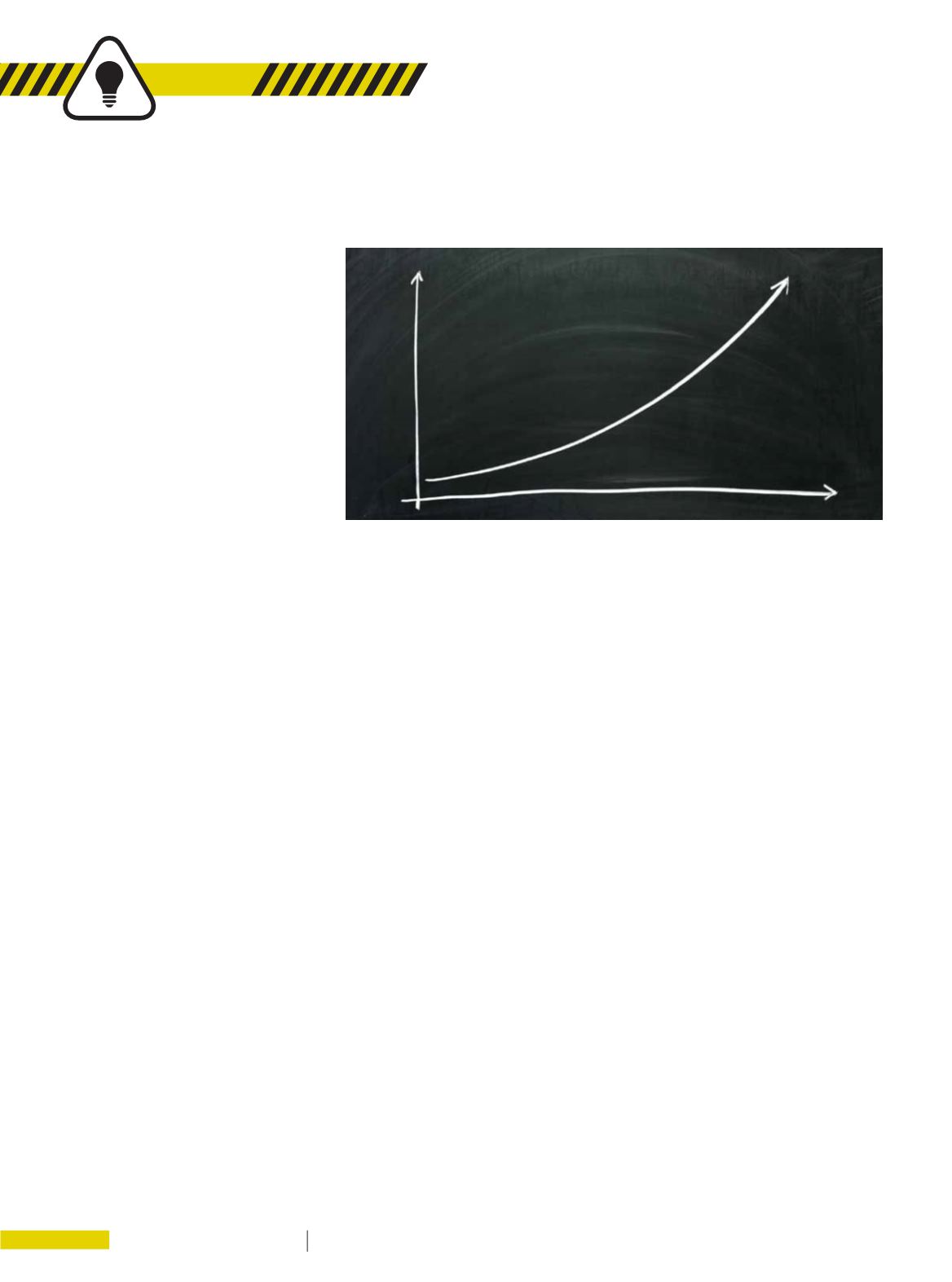

8 6
E L E C T R I C A L CO N N E C T I O N
A U T UMN 2 0 16
TIPS
O
nce, a client of ours was so upset
in the 200% productivity gain
that he turned red in the face and
shouted obscenities around the office
He wasn’t upset with us or the gain,
he was upset because he felt that his
employees had been taking unfair
advantage of him for many years and this
was the proof.
In reality, it wasn’t the employees that
were the problem; it was the business
model that they had to work to that
was the problem. Our client had simply
done what every other business in their
industry had done – pay award wage or
just above, similar working conditions
and similar reporting standards.
Well, if you treat employees like every
other business they have been employed
in then they will treat you the same way
as they have treated their last boss...
or worse!
The challenge is that most business
owners do not find a more productive way
of rewarding their employees, other than
paying industry standard. They also treat
their employees in the same manner as
all the other employers. Your ability to act
the same way as all the others gives you
dramatically the same result as all the
other businesses, and let’s face it, that’s
not being competitive.
THE 200% INCREASE
Originally, the employees of this
company were paid a standard wage for
the week and the result was standard –
employees took sick leave as it became
available, wouldn’t work back when
needed, loyalty was non-existent and the
work being done was just satisfactory.
The business was a manufacturing
business, but the lessons can be used in
any business if you put some thought into
it (a little more on that subject later).
The stages of change were:
ǩ
The owner calculated how many items
a person produced each week over a
period of one month.
ǩ
Every person in the factory was put
onto a base wage (they already had
this) plus they were paid a piece rate
over a certain level of production. Each
person was told that this was a test
and some adjustments to the rate were
possible. Bonus points were taken
away for items below quality.
ǩ
The items produced and wages paid
were calculated each week and the
owner discovered that some people
(different items being produced) in the
factory received substantially more so
the rate was adjusted to be more even
across the board.
ǩ
Monitoring went on for another two
months and small adjustments were
made to the rates for the different sub
items being made.
ǩ
The business adopted the new system -
crazy not to, given the results.
THE RESULTS
The results truly spoke for themselves:
ǩ
200% increase in productivity.
ǩ
Comparative decrease in wages
against items being produced.
ǩ
Decrease in absenteeism across the
board.
ǩ
Willingness to work after hours and on
Saturdays.
ǩ
Higher quality of goods produced.
ǩ
Increase in loyalty.
ǩ
The highest paid production workers in
the industry.
ǩ
The most profitable business in the
industry.
ǩ
A gain of clients due to improved
delivery times and quality of goods.
ABILITY TO INCREASE INCOME
Employees need to be able to increase
their income if they put in more effort. If
you do not allow this to happen in your
business then you have a communist
regime where every person gets paid
the same no matter how hard they work
– so let’s all work the same – as little as
possible to get paid.
If you are fortunate you have employed
people that are self inspired and feel
rewarded by the effort they put in.
Reward for effort is a powerful tool not to
be ignored.
LIKELY STEPS
The process below is not an exhaustive
list of steps to follow just a simple
process to give you points of reference:
1. Define each departments desired
productive output. For example,
marketing has number of qualified
leads; sales is fairly easy with
number, value and profitability of sale;
production is what the client/customer
receives and/or the subcomponents
that need to come together to
make the end product; finance and
INCENTIVISE AND THRIVE
Through the introduction of a
simple incentive scheme, your
business can see a growth
in productivity of up to 200%,
writes
Tony Gattari
.
















